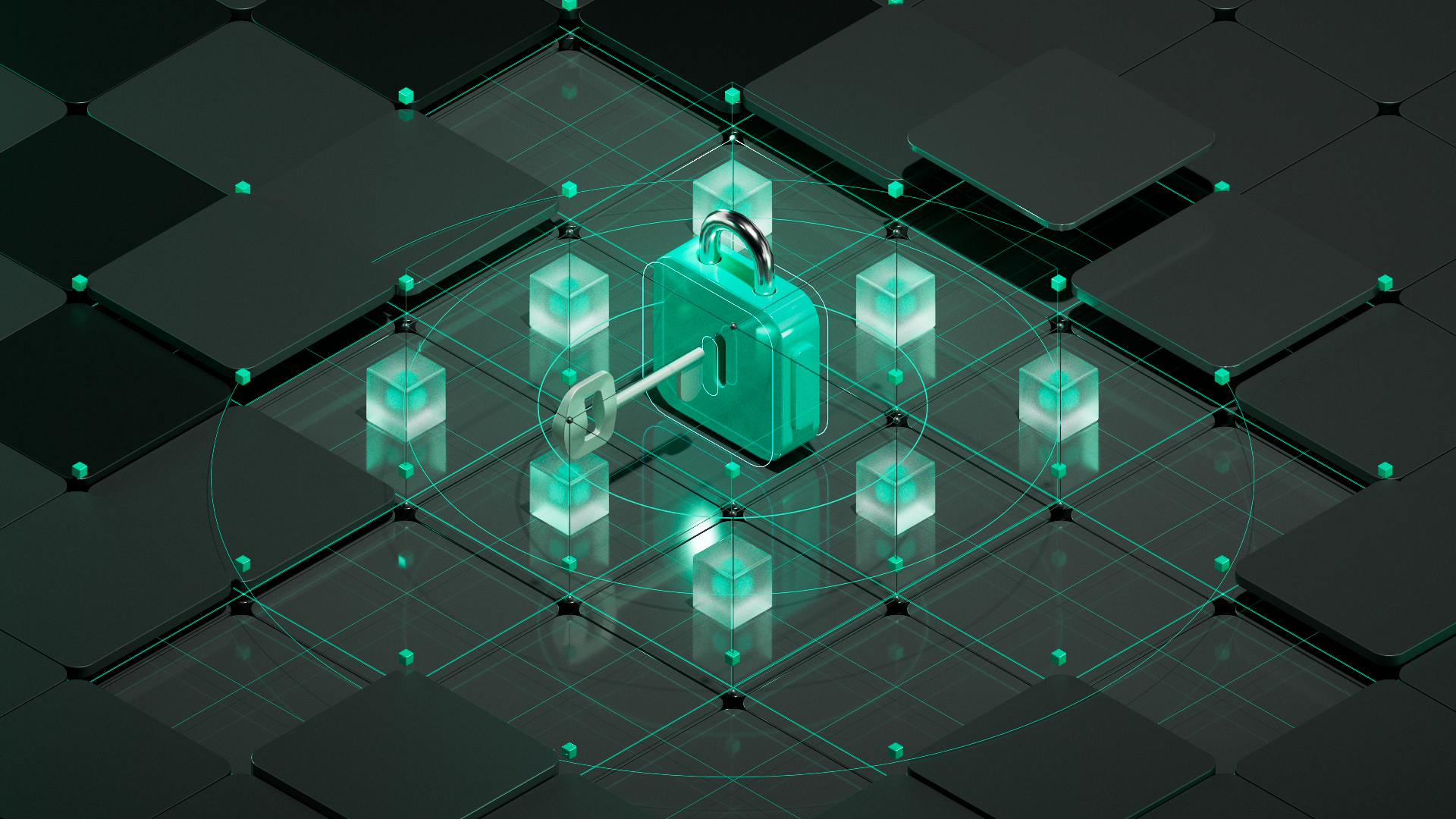What are NFTs?
Despite the inception of non-fungible tokens (NFTs) dating back to 2017, their popularity has skyrocketed in this buoyant crypto market. Consequently, an increasing number of blockchains are offering specialized NFT platforms. Yet, not everyone has a clear understanding of this groundbreaking digital phenomenon.
A Deep Dive Into the Non-Fungible Token Universe
At its core, NFT stands for non-fungible token. A fungible asset can be exchanged for a similar kind (think trading a dollar bill for four quarters). In contrast, a non-fungible asset cannot be replaced or interchanged, like real-world assets such as a car or house bound to a specific individual.
A non-fungible token therefore, is a unique, non-interchangeable digital asset that resides on the blockchain. These assets frequently materialize as digital art, virtual land, or even music. Unlike typical cryptocurrencies, each NFT is unique and irreplaceable, boosting its rarity. Coupled with the power of blockchain technology, these digital assets offer impeccable authenticity, making them highly sought after due to their immunity to forgery.
The Value Proposition of NFTs: More than Just a Digital Copy
A common question that arises among individuals accustomed to freely downloading JPEGs and PNGs from the web is why one should invest in a non-fungible token when they could merely copy the image. The answer lies in the unique opportunities that NFTs present.
Increasingly, NFT creators are fusing their digital creations with interactive platforms such as video games, imparting a sense of tangibility to these digital assets that transcends a mere JPEG. The appeal of owning a digital art piece is becoming comparable to owning a physical piece of art, given their often limited availability. The scarcity of these digital collectibles fuels their value: the more people invest, the scarcer and hence, more expensive, they become.
Even conservative estimates value the NFT market at around $4 billion, a figure many believe to be significantly underplayed. This belief gains credibility when one considers NFTs like Crypto Punks, which command a minimum price of $400,000 each.
The Minting Process: Connecting NFTs to the Blockchain
The process of attaching each unique non-fungible token to a blockchain is known as ‘minting‘. Most blockchains necessitate smart contracts to facilitate this process. Smart contracts are code snippets enabling self-executing contracts between parties, negating the need for a centralized entity to authorize the transaction.
Every transaction is transparent, traceable, irreversible, and occurs on a decentralized blockchain. Thus, minting leverages these smart contracts (or other mechanisms like Turing Complete) to transfer NFT ownership from one party to another. The blockchain stores and manages this ownership information.
Unlike traditional cryptocurrencies, non-fungible tokens don’t have a fixed value and aren’t exchangeable at a static rate unless both parties concur. The blockchain connection ensures the verifiability of all NFT ownership.
The Rise of NFTs: Toward a Mainstream Adoption?
Though NFTs are relatively young, the market shows a fondness for them. Their potential seems limitless, with more blockchains introducing dedicated NFT platforms at an accelerating pace.
While the mainstream audience might find non-fungible tokens perplexing, crypto enthusiasts view them as a captivating fusion of technology and gaming culture. The digital future is unfolding before our eyes, and humans are gradually coming to terms with it.




